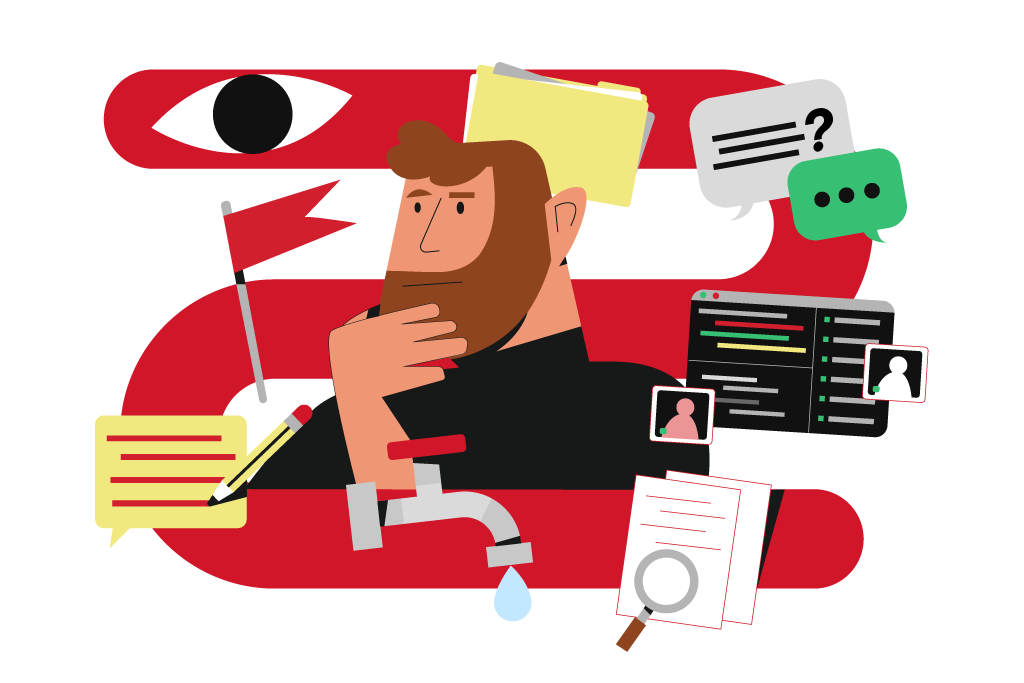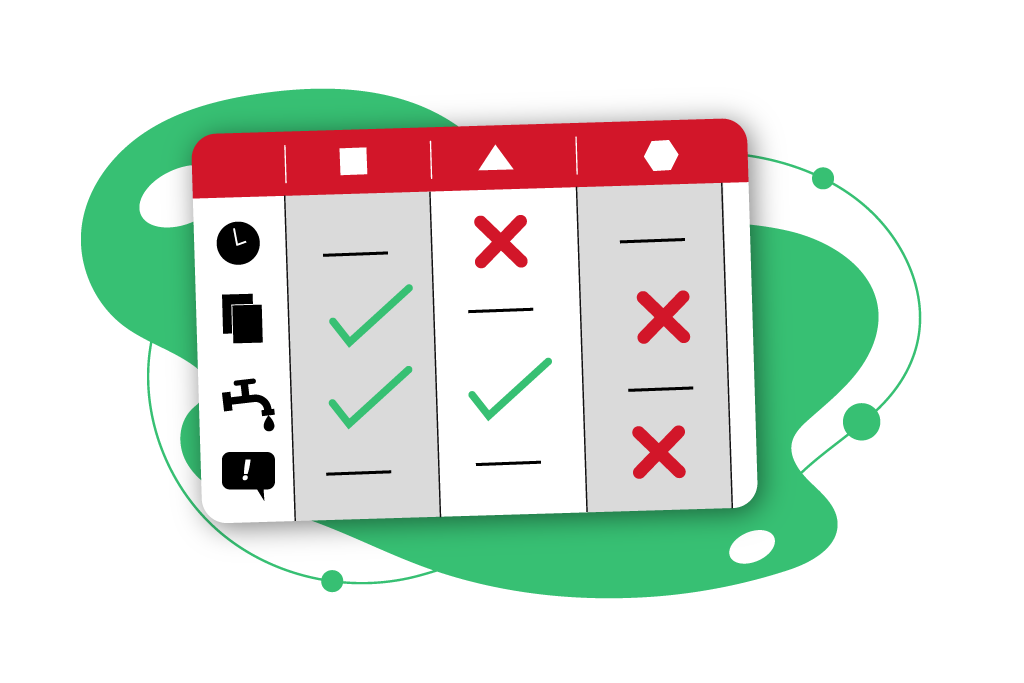Cheating Mitigation Playbook
It’s “the AI era”—and you’re not the only recruiter worrying about cheating.

Ultimately, yes, AI does offer new possibilities for candidate cheating. Especially in tech.
But possibilities have always existed, for the minority who’re determined to cheat.
You don’t need to blow the problem out of proportion.
You need what you’ve always needed. An understanding that cheating can happen; an eye for red flags; a grasp on mitigation techniques; and then rolled up sleeves to get on with hiring as usual.
This is your sign to get practical about cheating.
Whether you’re just starting to structure your approach, or you want to review and adjust what you already have, this playbook is the resource for you. We give you the big picture AND a ton of actionable, ready-to-use resources to support you in the nitty gritty.
Bookmark it, browse it, enjoy it… let’s kick those cheating concerns to the curb.
1. Building a strong anti-cheat policy
A clear, documented (but flexible !) anti-cheat policy is your foundation. Align internally on how to approach cheating and define expectations for everyone—recruiters, managers, and candidates alike. Be proactive with preventative measures, and handle suspected cheating fairly but decisively. Consistency is key.
🔖 Bookmarkable resource: Cheating Mitigation Strategy Template
2. Designing cheat-resistant coding assessments
Great assessments focus on real-world skills.
Use realistic scenarios that reflect the job and the industry you’re hiring for. Keep questions adaptive and unpredictable. Choose engaging formats that test problem-solving and creativity, not memorization. The right design minimizes the opportunity—and temptation—for cheating. Below you’ll find a handy checklist to help you craft more realistic, job-relevant tech interview tasks and asynchronous coding tests.
🔖 Bookmarkable resource: Checklist: What Makes for a Realistic Coding Assessment?
3. Setting clear expectations with transparent communication
Transparency builds trust and deters cheating. Share what candidates need to know: process details, timelines, and assessment formats (how and what are you trying to evaluate?). Keep critical elements private to maintain integrity.
Note: It may seem obvious, but remember to always share the same information with every potential hire. You want to set all candidates up for success, and keep the playing field level. A template (like the ones below!) can help you do this.
🔖 Bookmarkable resource: “Anti-Cheat” Candidate Communication Templates
4. Leveraging anti-cheat tools and features
Tooling makes a big difference. From fully-equipped assessment solutions, to proctoring software, to plagiarism detectors, there’s no shortage of options. Equip your team with the right tools for the job. Compare features and costs to find what works best for your hiring needs.
🔖 Bookmarkable resource: Anti-Cheating Tool Comparison Chart
5. Addressing suspected cheating
When cheating is suspected, act carefully. Investigate thoroughly without jumping to conclusions. Respectfully engage with the candidate and stick to the facts. Use data to guide decisions and refine your approach for the future. Learn from every case to strengthen your system.
What does that look like step-by-step? Click below.
🔖 Bookmarkable resource: 8 Steps to Handling Suspicions of Cheating in Tech Hiring
6. Bringing it all together
A strong anti-cheat strategy takes alignment and iteration. Make sure your team is on the same page about policies and tools. Use feedback and experience to adapt and improve your approach. A fair, robust system benefits everyone—and helps you hire smarter.

Cheating Prevention in Technical Interviews: Balancing Hiring Integrity & Candidate Experience
Read the post
18 Features Your Tech Assessment Tool Should Have to Prevent Cheating
Read the post
“Don’t Expect Candidates to Have Everything Memorized”, the Dos and Don’ts of Cheating Prevention With Nathan Sutter
Read the post
GenAI for Technical Hiring: Friend or Foe?
Read the post
Q&A: Musings of a CEO on Tech Interviews, Cheating and AI
Read the post
“Anti-Cheat” Candidate Communication Templates
Read the post
9 Steps to Handling Suspicions of Cheating in Tech Hiring
Read the post
Anti-Cheating Recruitment Tool Comparison Chart
Read the post
Checklist: What Makes for a Realistic Coding Assessment?
Read the postNeed help calibrating a perfect-for-you cheating prevention strategy?
Reach out now